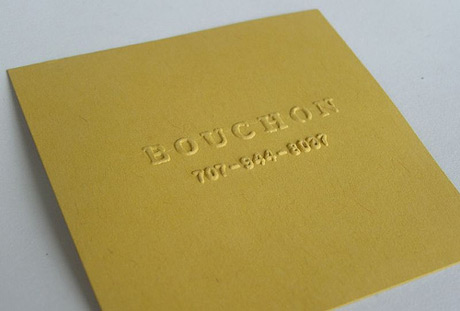Wired magazine ran an article not too long ago in its printed and online editions entitled: “Why Craigslist Is Such a Mess.” The story outlined all of the problems with the visual design—and what Web designers like to call “usability”—of the hugely popular classified ads site. Wired notes that in spite of a design that violates “every principle of usability and common sense” the site remains immensely popular. Why is that?
Part of the answer lies in the fact that Craigslist has no true competitors. It gained a here-to-fore insurmountable first-mover advantage in the late 1990s in offering free classified ads and has never looked back since. Companies that don’t have competitors don’t have to worry about design. They don’t have to bother to improve their product because there are no real alternatives. They sell features, not benefits. It’s a classic monopoly situation.
Now take another example, prior to the iPod there were many makes of MP3 players on the market but they were not very user-friendly. Most players were geared towards people who really liked gadgets instead of the broader swath of the population that liked music but could care less about gadgets. Apple saw an opportunity to design a product that was both easier-to-use and more beautiful. By doing so, it was able to capture an astounding 75 percent of the portable music player market and, at one point, even as much as 92 percent.
The comparison is not entirely apt as the iPod is a classic example of an industrial-era product while Craigslist represents a new media virtual public good of sorts. Certainly the economics of these two industries are very different and that might explain why Craigslist is a Website that has no true competitors and, thus, is not forced to make its product more beautiful and more usable. The undeniable fact is that even though it’s downright ugly, it’s usable enough.
So does this mean that you should fire your web designer and make your site look like its 1999? Of course not.
You are not free
The first reason is that if you are a small business or self-employed professional, unlike Craigslist, you cannot afford to give away your product or service for free. You, we (Stylomate is also a small business) have to compete on the basis of something other than free. Small businesses have to offer tangible and intangible benefits.
As consumers, we value Craiglist only because it’s free. If the company tried to charge us, we wouldn’t remain loyal and we’d go somewhere else that offered us free classified advertising. Again, Craiglist gives us a feature (free classified advertising) not a benefit. Since free things compete on the basis of this most basic feature of “freeness,” they don’t have to sell benefits. Free things can afford to be ugly or hard-to-use because so long as they do give us something we need, we want them only for their freeness.
Competition in your industry is fierce
The second reason is that if you are a small business or self-employed professional in virtually any sector of the economy then you have an inordinate amount of competition. Your website, business card and other marketing collateral vie for attention in a very crowded marketplace.
All this competition among firms selling very similar products or services means that you have to sell the benefits of our products and services and not simply the features. There are a lot of lawyers in Washington, DC and bankers in NYC. What makes you so special?
Design adds perceived value, communicates benefits
This is where design can play an important role in communicating the main benefits that your firm offers. Design adds value by adding the perception of value and by associating products and services with benefits. The more professional your company’s image is, even if you are a one-person shop, the more likely you are to leave a positive impression on a prospective client. And not just any client, but “A-list” clients, the ones that are likely to spend more on your products and services.
Are you an experienced firm that seeks to communicate this benefit? A minimal, clean business card and website design using blues, greens and black and that looks like it was created by a professional designer sends the message that you are a experienced and reputable professional (and certainly not free). The higher the quality of the design of your business’ identity, the better the impression you will make and the more likely clients will be willing to pay a higher price for your services.
Ultimately, a strong business identity design and an equally well-designed and easy-to-use Website design says that you place a great value upon your own service and makes it more likely that clients will value you. After all, if you don’t give yourself a little love first, who will?





